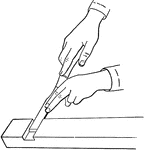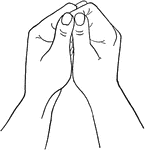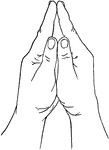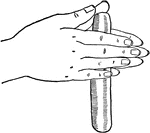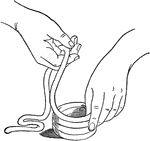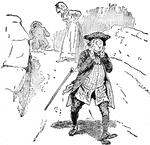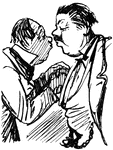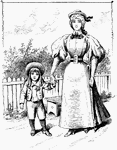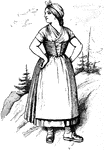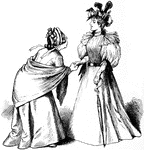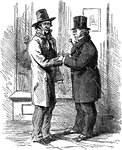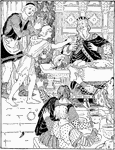
Roland
A legend of the knight Roland, who fearlessly claimed his rights by taking food and drink straight from…
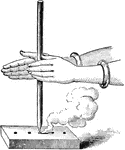
Fire-Making
Stage one of fire making uses two hands to turn a wooden sticks which causes friction on a wooden block…
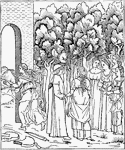
Poliphilo in the Garden
The engraved illustration of Poliphilo in the garden from Hypnerotomachia Poliphili, one of the first…
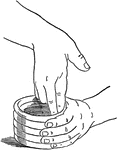
Smoothing a clay container
A pair of hands smoothing a clay container formed by curling large sections of rolled clay together.
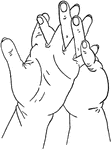
Intertwined fingers
A pair of hands with palms facing outwards and intertwined fingers pointing upwards.
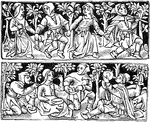
Heures a L'usaige de Chartre
Engraved ornaments from "Heures a L'usaige de Chartre" published by Simon Vostre.

Elizabetha Regina
The engraving, "Elizabetha Regina (From 'A Booke of Christian Prayers.' Printed by John Daye, London,…
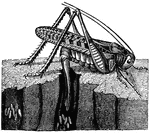
Wart Biter (Decticus Verrucivorus)
"In Germany and Sweden, the peasants use it as a cure for warts. They make this insect bite the warts…
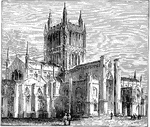
Hereford Cathedral
In the war between King and Parliament (the English Civil War) the city of Hereford fell into the hands…

Man Leaning Against Wall
An illustration of a man leaning up against a wall with his hands in his pocket.

Draw Knife (Colonial Tool)
One very useful knife has a long blade with a cutting edge on one side, and a handle at each end, placed…
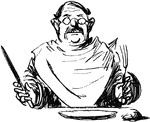
Man with Fork and Knife
An illustration of a man holding a fork and knife in his hands and with a napkin wrapped around his…
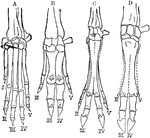
Hands of Vertebrates
A comparison of vertebrate hands. A, hand or anterior foot of the dog; B, that of the hog; C, that of…
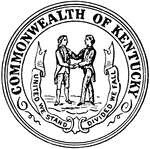
Seal of Kentucky
The seal of the Commonwealth of Kentucky. The seal shows a frontiersman and a statesman shaking hands…

Hinchingbrooke House
Hinchingbrooke House in Huntingdon, Cambridgeshire, was built around an 11th century nunnery. After…
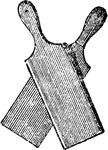
Scotch Hands
An illustration of a scotch hands. Scotch hands (also known as butter beaters) are large wooden spatulas…
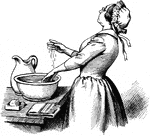
Woman Washing Her Hands
An image of a woman washing her hands in a basin and looking up towards the sky.
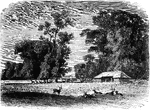
The Prater
The Wiener Prater is a large public park in Vienna's 2nd district Leopoldstadt. Prater is derived from…
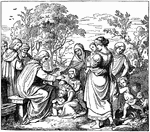
Jesus Blessing Little Children
"But when Jesus saw it, he was much displeased, and said unto them, Suffer the little children to come…
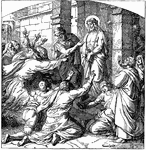
They Cried, Let Him Be Crucified
"Pilate saith unto them, What shall I do then with Jesus which is called Christ? They all say unto him,…
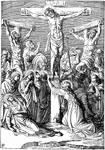
The Crucifixion of Christ
"And it was about the sixth hour, and there was a darkness over all the earth until the ninth hour.…
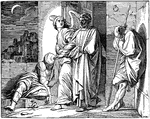
Peter Delivered from Prison by an Angel
"And, behold, the angel of the Lord came upon him, and a light shined in the prison: and he smote Peter…
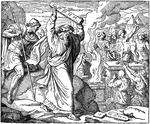
Moses Destroying the Tables of the Law
"And I took the two tables, and cast them out of my two hands, and brake them before your eyes." Deuteronomy…

Explanatory Diagram
1) The first or index finger. 2) The second or middle finger. 3) The third finger. 4) The fourth finger.…
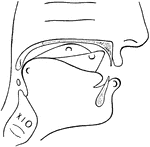
Physiological Bases of the Visible Speech Symbols for Consonants
Physiological Bases of the Visible Speech Symbols - Consonants. In representing the consonant a peculiar…
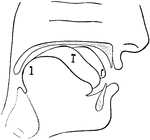
Physiological Bases of the Visible Speech Symbols for Vowels
Physiological Bases of the Visible Speech Symbols - Vowels. In representing the vowel classification…

Code of English Sounds
Chart illustrating 45 hand positions representing sounds in the English language as described in the…

Non-Vocal Primary Back Consonant
Consonants have a closed or narrowly expanded adjustment of the vocal organs, so that in their production…
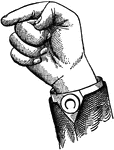
Non-Vocal Primary Top Consonant
Consonants have a closed or narrowly expanded adjustment of the vocal organs, so that in their production…

Non-Vocal Primary Point Consonant
Consonants have a closed or narrowly expanded adjustment of the vocal organs, so that in their production…

Non-Vocal Primary Lip Consonant
Consonants have a closed or narrowly expanded adjustment of the vocal organs, so that in their production…
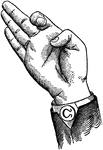
Non-Vocal Mixed Back Consonant
Consonants have a closed or narrowly expanded adjustment of the vocal organs, so that in their production…
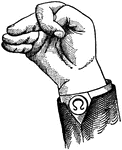
Non-Vocal Mixed Top Consonant
Consonants have a closed or narrowly expanded adjustment of the vocal organs, so that in their production…

Non-Vocal Mixed Point Consonant
Consonants have a closed or narrowly expanded adjustment of the vocal organs, so that in their production…
Non-Vocal Mixed Lip Consonant
Consonants have a closed or narrowly expanded adjustment of the vocal organs, so that in their production…
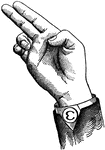
Non-Vocal Divided Back Consonant
Consonants have a closed or narrowly expanded adjustment of the vocal organs, so that in their production…
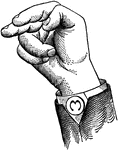
Non-Vocal Divided Top Consonant
Consonants have a closed or narrowly expanded adjustment of the vocal organs, so that in their production…

Non-Vocal Divided Point Consonant
Consonants have a closed or narrowly expanded adjustment of the vocal organs, so that in their production…

Non-Vocal Divided Lip Consonant
Consonants have a closed or narrowly expanded adjustment of the vocal organs, so that in their production…
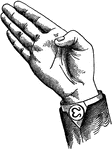
Non-Vocal Mixed-Divided Back Consonant
Consonants have a closed or narrowly expanded adjustment of the vocal organs, so that in their production…
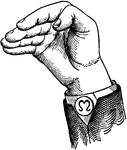
Non-Vocal Mixed-Divided Top Consonant
Consonants have a closed or narrowly expanded adjustment of the vocal organs, so that in their production…
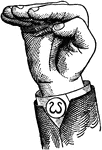
Non-Vocal Mixed-Divided Point Consonant
Consonants have a closed or narrowly expanded adjustment of the vocal organs, so that in their production…

